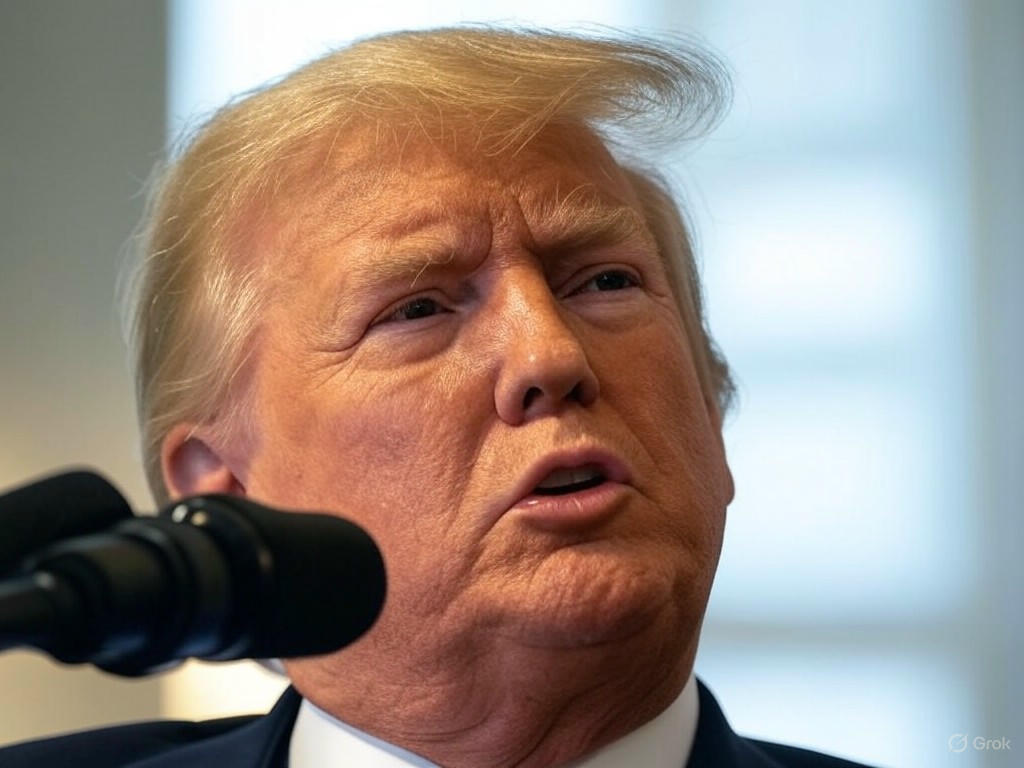Market Uncertainty Lingers as Dow Futures Dip Amid Geopolitical and Economic Signals
The financial markets are navigating choppy waters as Dow Jones futures took a downturn in recent trading sessions, reflecting investor caution amid a blend of geopolitical tensions and domestic economic signals. On Wednesday, the stock market ended with mixed results, as major indices showed varied performance, leaving traders searching for clear direction. Federal Reserve Chairman Jerome Powell’s latest remarks have added to the uncertainty, with the central banker signaling no immediate plans to lower interest rates. This stance has tempered expectations for monetary policy relief, keeping market participants on edge as they weigh the implications for corporate earnings and economic growth.
Adding to the complexity of the current market environment is the geopolitical landscape, particularly concerning U.S.-Iran relations. Recent statements from former President Donald Trump have suggested that a military confrontation with Iran may not be on the immediate horizon. While this has provided a slight reprieve from fears of escalating conflict in the Middle East, which could disrupt oil supplies and rattle global markets, the situation remains fluid. Investors are keenly aware that any unexpected developments could swiftly alter the risk calculus, potentially triggering volatility in energy prices and broader equity markets. For now, the toned-down rhetoric offers a momentary pause, but the underlying tensions continue to loom as a wildcard for financial stability.
As the week progresses, market analysts are dissecting the Federal Reserve’s cautious approach to rate cuts. Powell’s comments underscore a focus on maintaining economic stability over stimulating growth through lower borrowing costs. This has led to a recalibration of investor expectations, with many now anticipating a prolonged period of higher interest rates. Such an environment could weigh on sectors sensitive to borrowing costs, like real estate and consumer discretionary, while potentially benefiting financial stocks if margins improve. However, the broader concern remains whether sustained high rates might tip the economy into a slowdown, a fear that has kept some investors on the sidelines.
Meanwhile, the mixed close of major indices on Wednesday highlights the tug-of-war between optimism and caution. Some sectors, such as technology, managed to eke out gains, buoyed by resilient earnings outlooks from key players. Others, however, faced downward pressure as economic data painted a less rosy picture of consumer spending and manufacturing activity. This uneven performance underscores the challenges facing investors as they attempt to predict the market’s next move.
Looking ahead, the interplay between domestic policy decisions and international developments will likely continue to shape market sentiment. While Trump’s remarks on Iran have momentarily eased concerns of an imminent crisis, the geopolitical arena remains unpredictable. Coupled with the Federal Reserve’s steady hand on interest rates, investors are bracing for a period of heightened uncertainty. For now, the advice from market veterans is to stay vigilant, diversify holdings, and be prepared to pivot as new information emerges. The road ahead for Wall Street promises to be anything but smooth, and only time will reveal whether these headwinds will pass or intensify.


